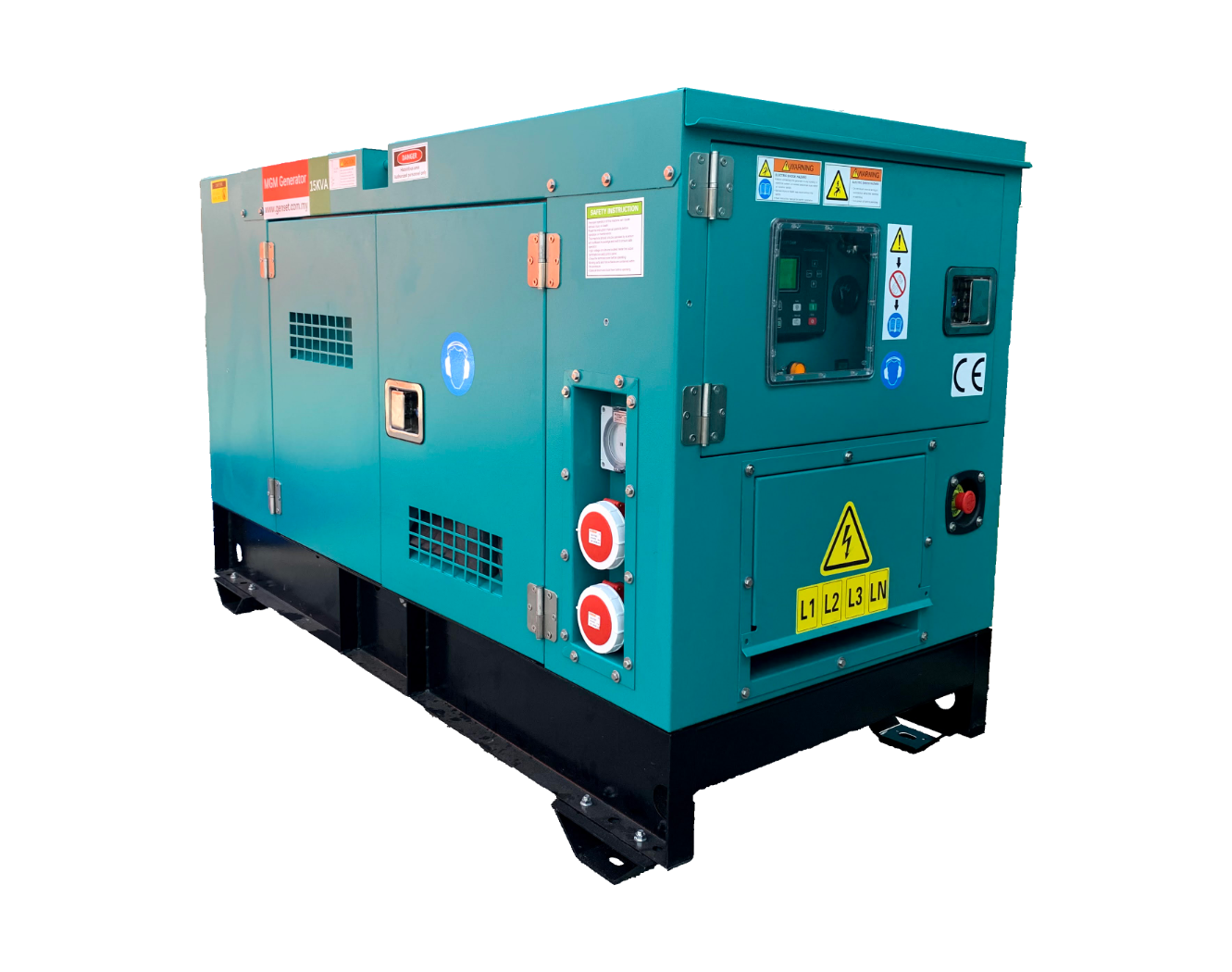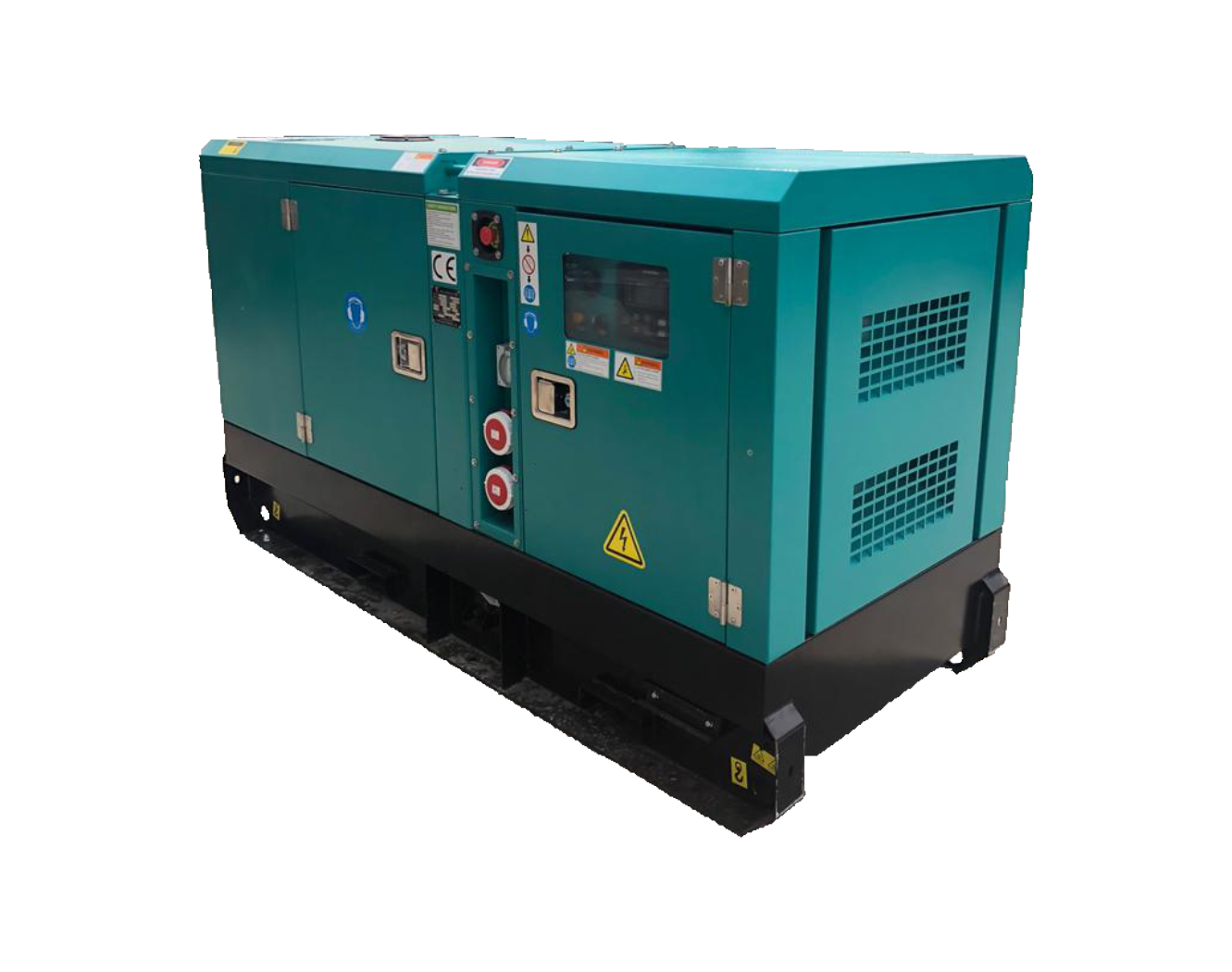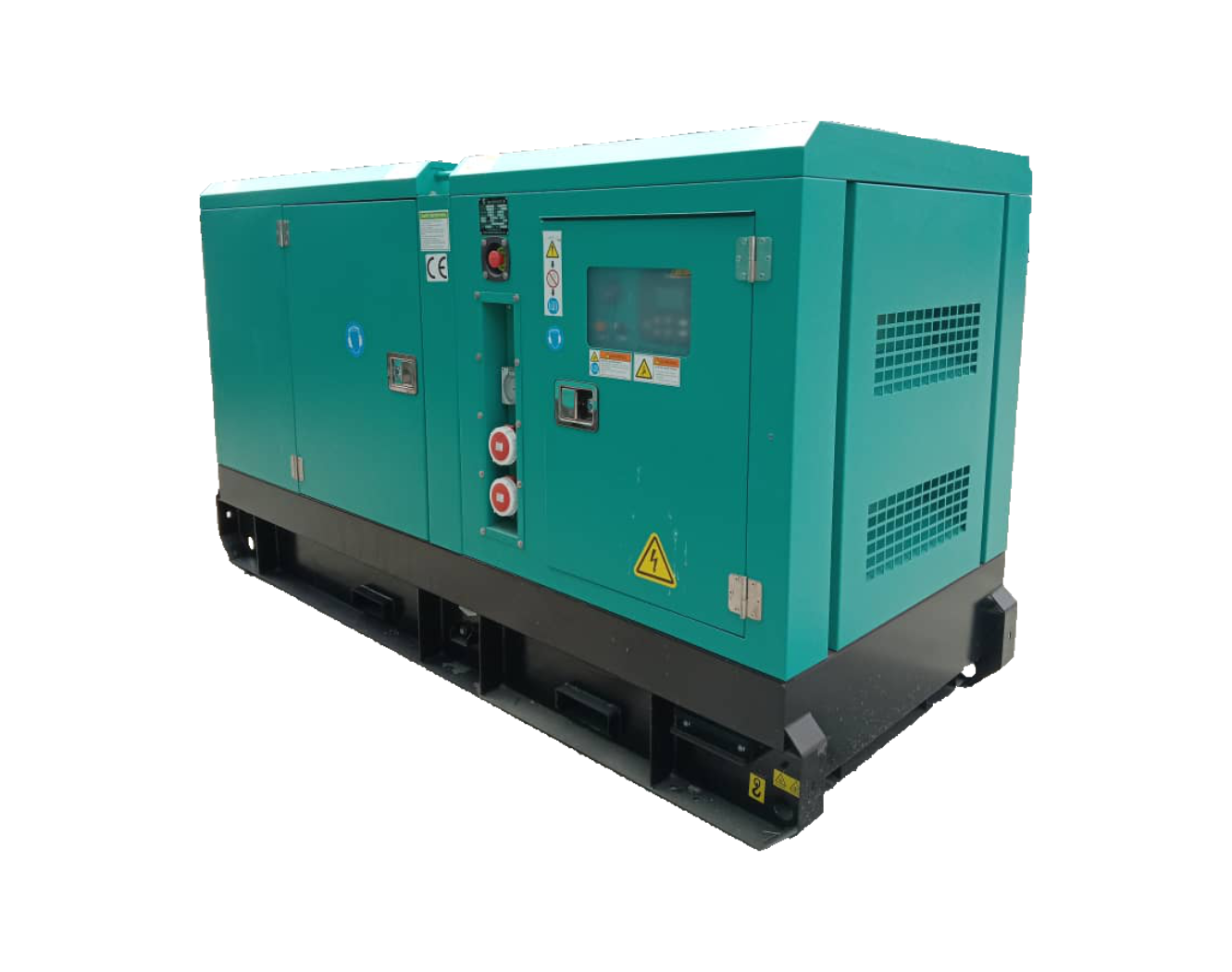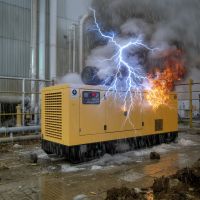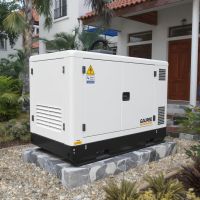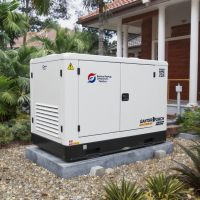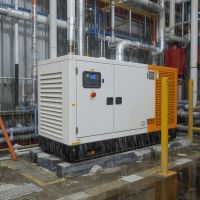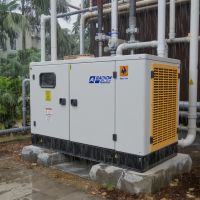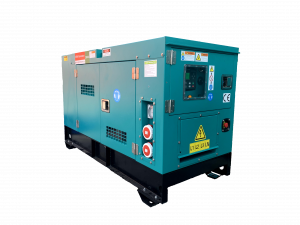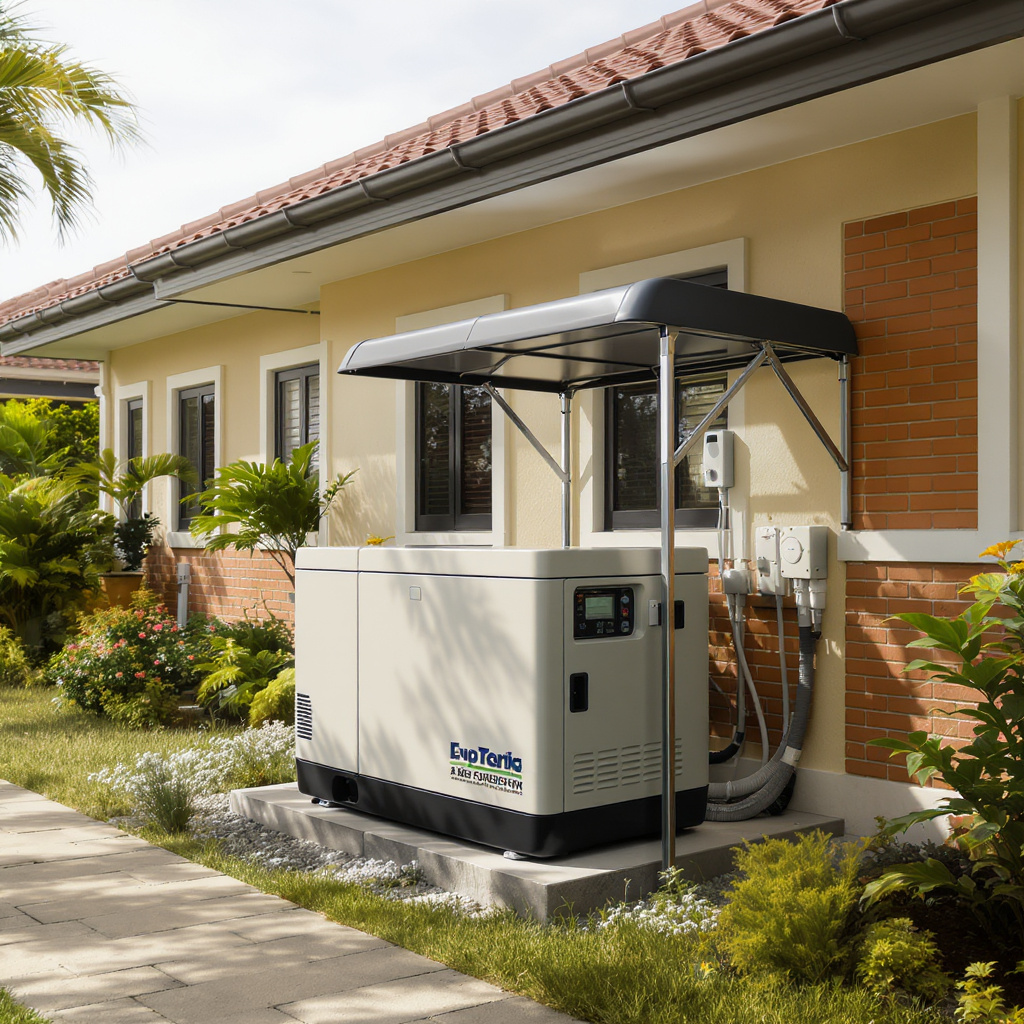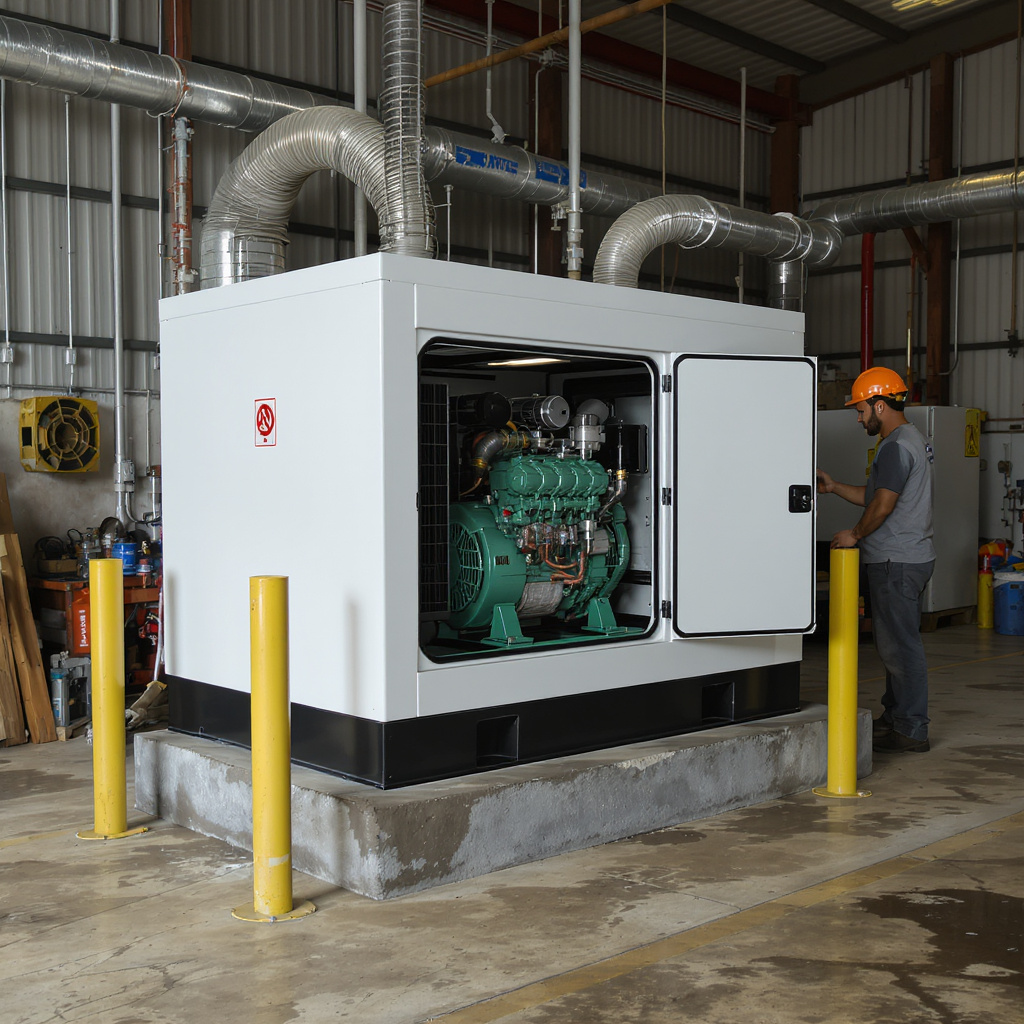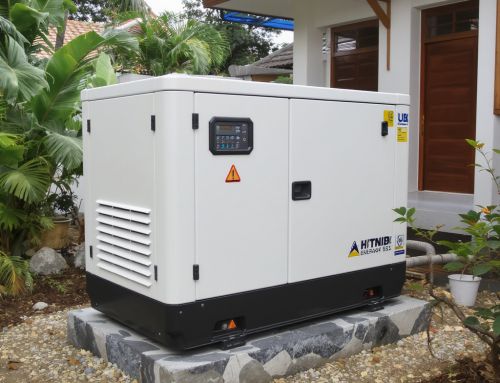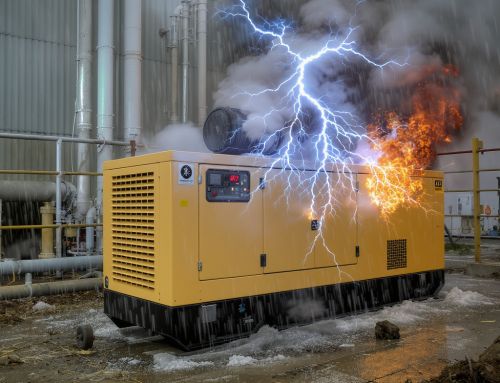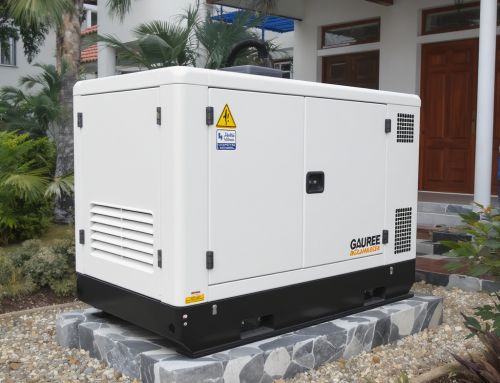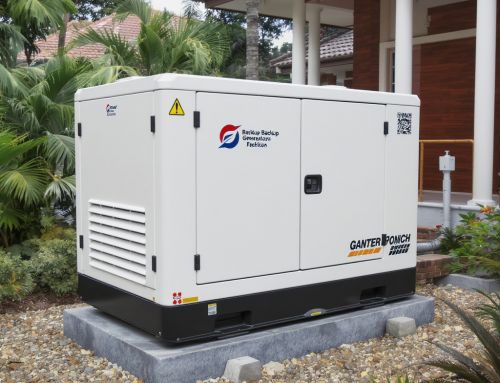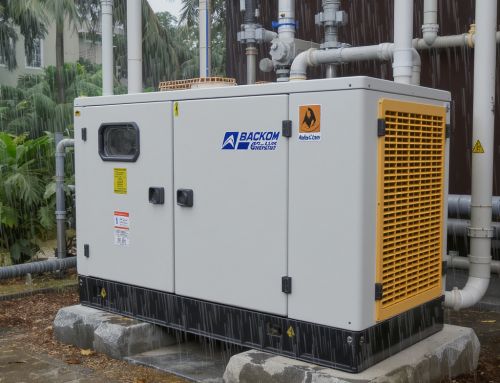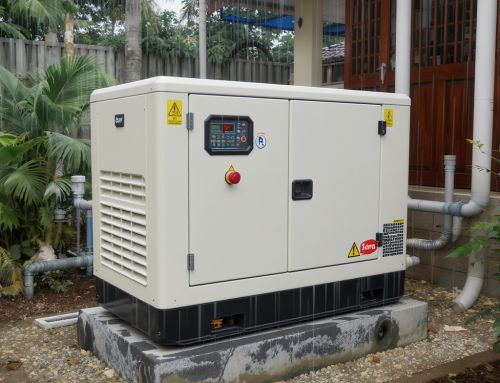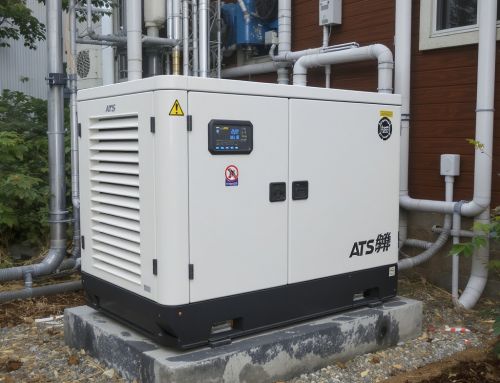Heatwave Brownouts in Malaysia: A Home-and-Factory Playbook for Low-Noise, Compliance-Ready Backup Generators
Malaysia’s recent heatwaves push the grid to its limits. Air-conditioners run longer, demand peaks, and voltage dips or brownouts follow—often without warning. For homes and factories alike, a properly sized, quiet, and compliance-ready standby generator is the simplest way to keep essentials running and protect comfort, safety, and productivity.
This playbook distills what Malaysian homeowners and factory managers need to know to choose, install, and operate a HOME/COMMERCIAL generator that is quiet, safe, and aligned with local compliance expectations—without overpaying or overengineering.
Why heatwaves drive brownouts—and what that means for you
Heatwaves load the grid with extended air-con use, creating high evening peaks and stressing transformers. The result can be flicker, undervoltage, or outages that risk food spoilage at home and costly downtime in light manufacturing. A standby generator with an Automatic Transfer Switch (ATS) restores power within seconds so your lights, cooling, networking, and critical machinery don’t skip a beat.
Homeowners: quiet power without neighbour complaints
For terrace and semi-D homes in KL/Selangor, focus on low-noise acoustic canopies rated around 65–70 dBA at 7 m. Place the set on a level plinth, at least 1 m from walls and openings, with exhaust routed away from windows. A weatherproof ATS near your meter ensures safe, automatic changeover.
Prioritise safety and compliance: proper earthing, RCD protection for sub-circuits, and a CO-safe exhaust path. Plan your backup loads: fridge/freezer, a few A/Cs or fans, lighting, Wi?Fi, and security. Schedule monthly test runs under load (10–15 minutes), and change oil/filters per manufacturer guidance—especially after dusty or very hot weeks.
Larger bungalows or multi-storey homes with bigger air-con loads often look at a 20–30 kVA set. See the compact, quiet option here: 30kVA MGM Generator.
Factories: protect uptime, quality, and compliance
On factory floors, brownouts hit motors, chillers, compressors, and PLCs—causing trips, rejects, and lost batches. A commercial generator paired with an ATS and upstream surge/voltage protection stabilises operations. Many SMEs find that 60–100 kVA covers critical circuits, with room for growth. Look for acoustic enclosures, bunded base tanks (for spill containment), flexible exhaust couplings, and clear safety signage.
Specify proper earthing and neutral bonding as per your electrical engineer’s design, and allocate service access all around the set. For sensitive loads, consider alternators with AVR and better transient response. Before handover, insist on a load test and verify the ATS transfer timing and phase rotation. For dependable SME uptime, explore: 100kVA MGM Generator (Mark 12).
Noise, emissions, and local expectations
Most urban sites aim to keep boundary noise below typical council thresholds; an acoustic canopy and mindful placement behind boundary walls can help. Modern engines with good filtration and correct fueling minimise smoke. Keep exhausts high, away from walkways and air intakes. Routine servicing preserves low-noise performance and fuel efficiency during hot spells.
ROI in a heatwave
Calculate your outage risk: if a home loses RM300 of groceries and comfort every long outage, or a small factory loses RM2,000–RM10,000 per hour of downtime, a generator quickly pays for itself over a few incidents each year. Add softer gains: customer satisfaction, worker safety in high heat, and protection for electronics from brownout-induced stress.
Placement and installation checklist
- Clearances: ?1 m around the canopy; keep doors and filters accessible.
- Airflow: unobstructed inlet/outlet; avoid recirculation against tall walls.
- Exhaust: route above head height and away from windows/HVAC intakes.
- Cabling: shortest safe path from generator to ATS, then to main board.
- Foundation: level plinth above flood level; isolate vibrations with pads.
- Fuel: bunded base tank or approved storage; label and lock.
- Testing: monthly under-load run; record hours and alarms.
Next steps
Our team sizes, installs, and maintains HOME/COMMERCIAL generators for Malaysian homes and factories—optimised for low noise, safety, and compliance. Ready for a site assessment or quotation? Contact us, email genset@genset.com.my, or call +60129689816. Beat the next heatwave, and keep your home and production running—without breaking the peace with your neighbours.

